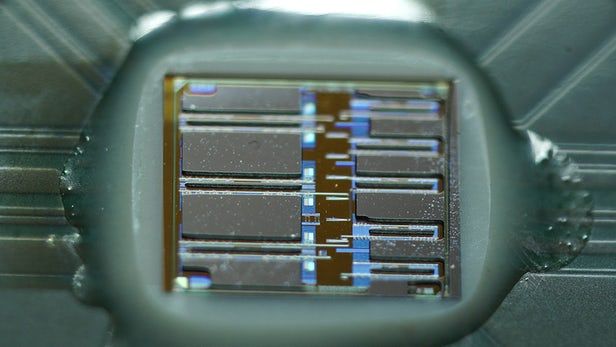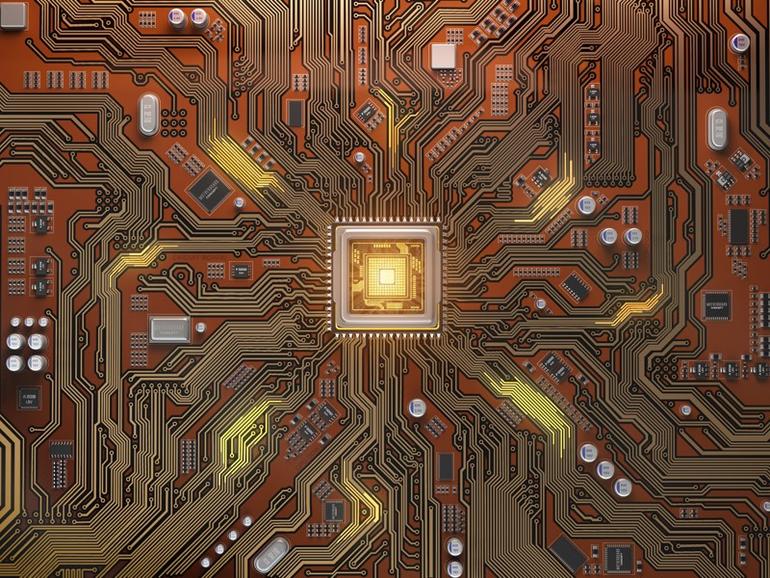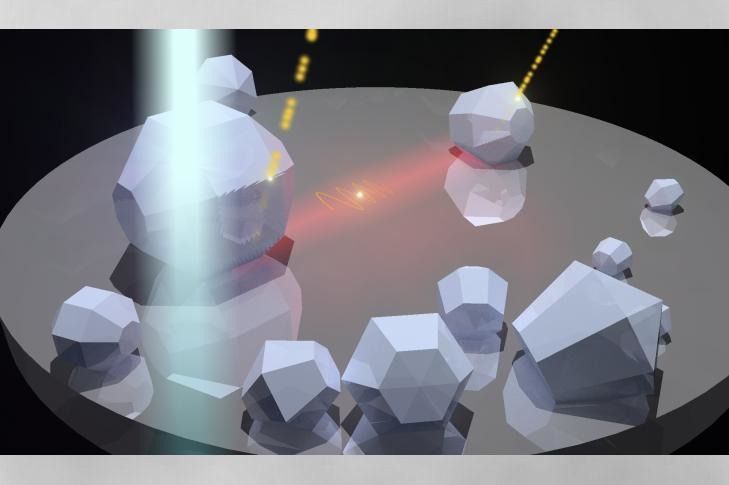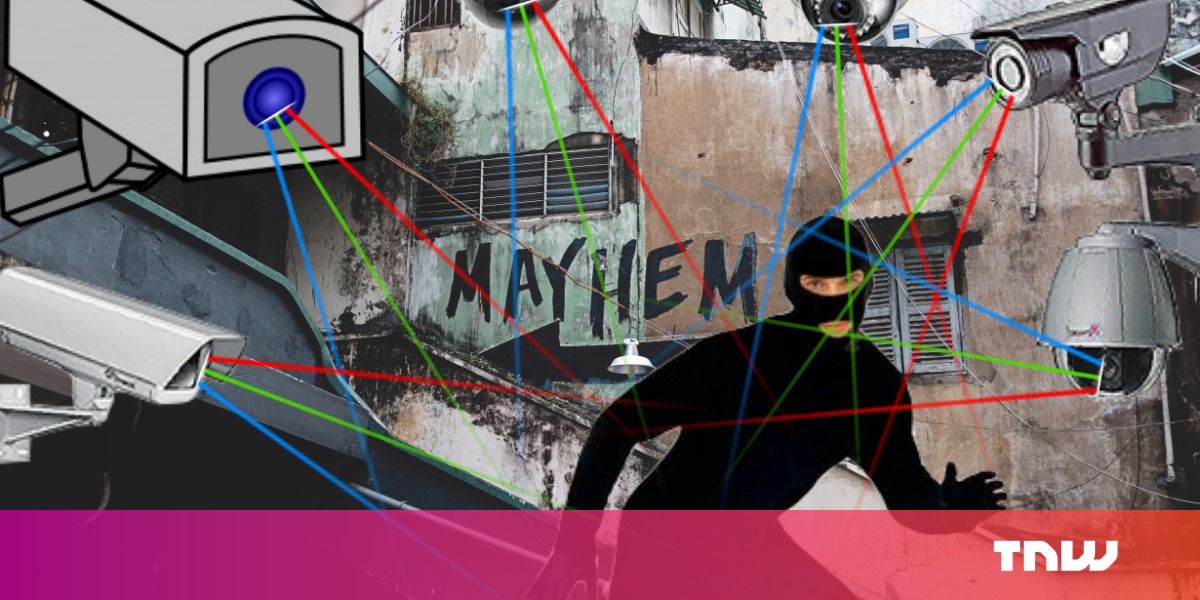
MIT spin off company Ayar Labs is combining light and electronics to create faster, more efficient computers. The new optoelectronic chips are designed to speed up data transmission to and from conventional processor chips in a way that will also reduce energy consumption in chip-to-chip communications by 95 percent and could cut overall energy usages by large data firms by up to 50 percent.
Since the invention of the silicon chip 60 years ago, the power of computers has doubled every two years, but the speed at which computer systems work hasn’t shown quite such dramatic progress. The problem is one of data transmission and the bottlenecks that any technology runs into, slowing down the whole to the speed of its most sluggish part.
Think of a computer as like an air passenger system. If you concentrate on the aircraft, airport runway architecture, supply logistics, and air traffic control, it’s easy to speed up travel between, for example, New York and Washington DC to under one hour. That sounds fantastic, but if it takes you two hours to get through security at one hand and another two hours to collect your baggage at the other, then it’s faster to drive.
Read more









